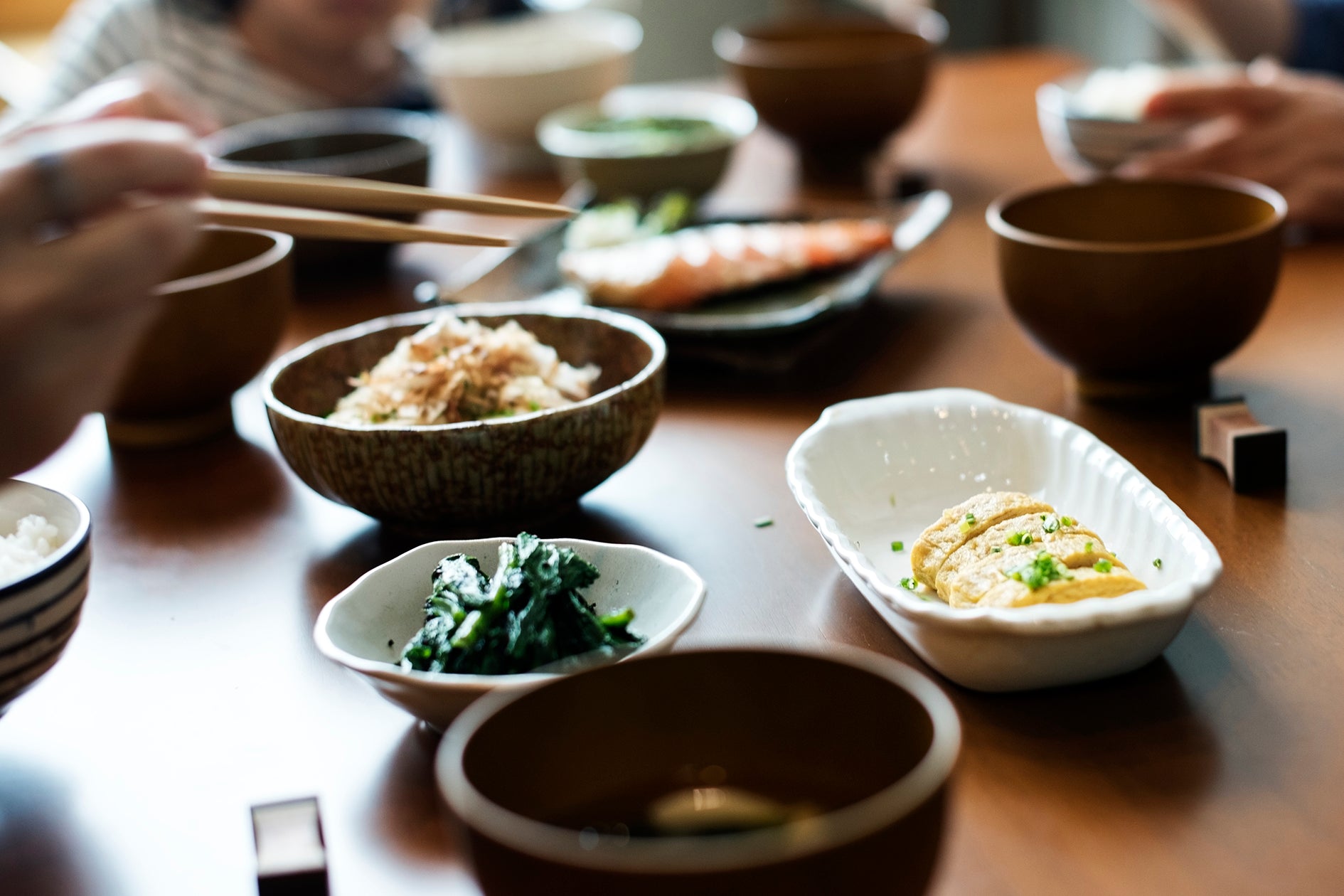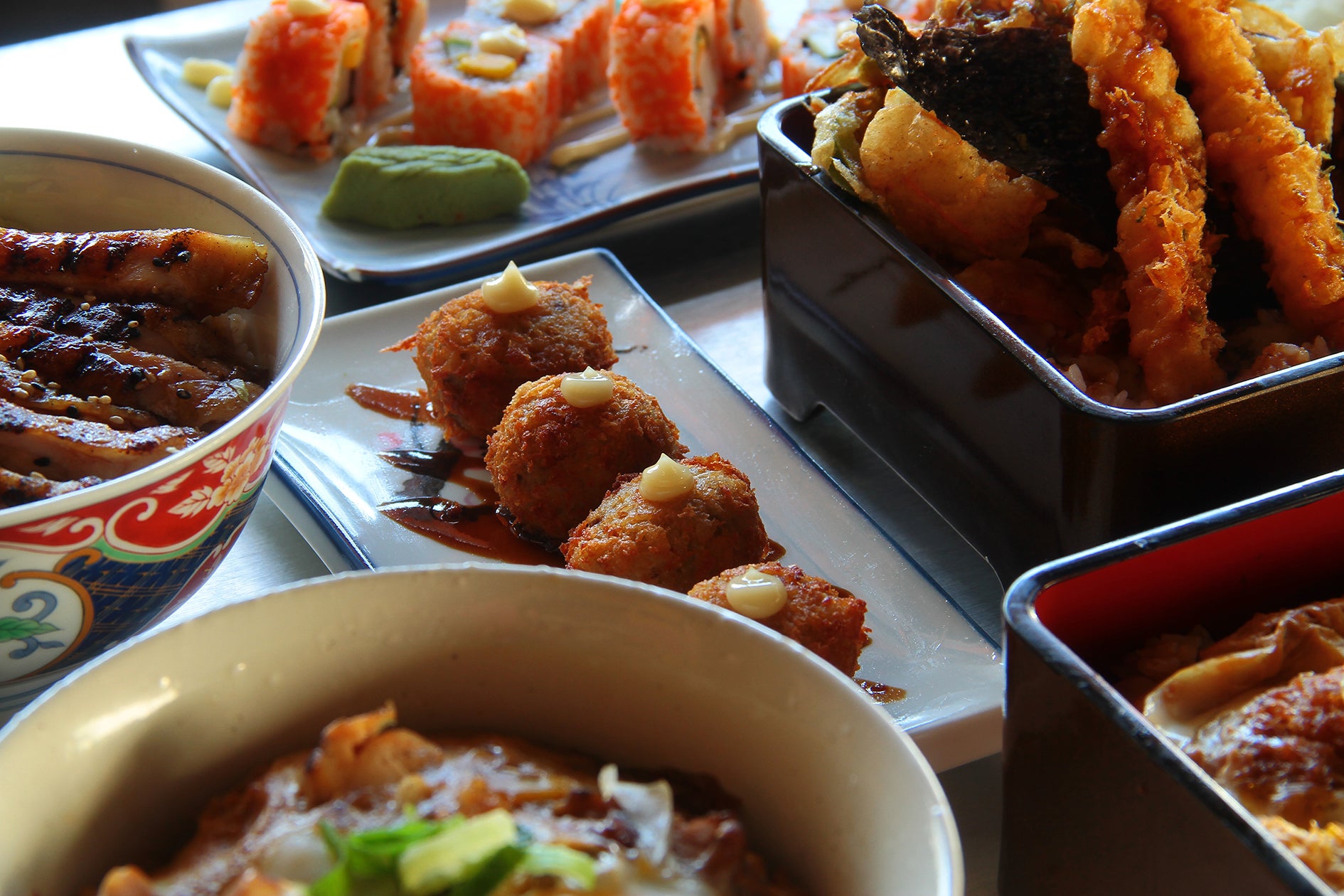
Japanese food is an integral part of Japanese culture and an essential component of everyday life for the Japanese people. In this article, we explore the fascinating history of Japanese cuisine and how it evolved over time.
Separation of Dishes: A Dining Style Originating from China and Buddhism
One of the first things you notice about a Japanese meal is that traditionally all the different elements are separated into small dishes. It used to be considered bad form to have all the food in one bowl or on one plate! This is a dining style that originated in the Kamakura period, and it was mainly adopted from the classical Chinese style of serving food, as well as the way Buddhist tea ceremony is served.
Zen Platters: A Symbol of Aristocracy
In the past, Japanese nobility were served each dish on a napkin-like platter called zen. These were brought in one-by-one by servants. They're quite like tiny dining tables, and you might still find a similar style of serving etiquette at traditional Japanese inns where you sit on the floor on a tatami mat.
Rice and Fish: The Staple Foods of Japan
In Japanese history, poorer, everyday folk have always eaten a diet of rice and fish, as Japan is an island nation; only the very rich could afford more exotic foods. Funnily enough however, although we see Japan as a fish-eating nation, up until the 1920s Japan was about 90% vegetarian, and most people only ate fish on very festive occasions. Some speculate this is due to Buddhist teachings, others say it was merely a result of poverty.
Buddhism and the Ban on Eating Meat
It was true however, that during the Kofun period around 675 AD Buddhism had come to Japan as a Chinese import, and Emperor Temmu declared that anyone who ate cattle, horse, dog, monkey or chicken meat at any time from the 4th to the 9th month of the year would be sentenced to death.
In 752 AD Empress Koken went a step further and banned all fishing. Difficult to imagine in the Japan we know today! She did however, provide rice provisions to all the fishermen who had lost their livelihood through the ban.
The Use of Chopsticks: A Cultural Import from China

Another historical deviation from the idea that the Japanese have always eaten fish and rice, is that fact that although rice has always been popular, wheat was actually the staple grain in northern areas of Honshu and Hokkaido during the 1800s. Prior to infrastructure, rice was difficult and expensive to import from the areas where it grew best. In history peasants often blended their rice with millet for a more substantial, energy-rich dish.
Rice is even showing a decline in popularity as we move forward into the future, with bread and noodles taking over for many modern Japanese.
It was also in the aforementioned Kofun period that links with China brought chopsticks to Japan; at this time they were really only used by nobility, the trend didn't catch on with the lower classes until the 9th century Tang Dynasty.
Japanese Food in the Kamakura Period: Simple and Accessible Dishes for Everyone
Meat made a return in this century as China and Korea influenced Japan a little less, although trade continued. Japanese food really came into its own in this period; grilled fish, steamed vegetables and pickles became popular with nobility.
The next major change for Japanese cuisine was during the Kamakura period, where many of the nobility fell to samurai and military rule from the poorer classes. It was considered distasteful to host the lavish banquets of the past, and instead dishes like jellyfish, umeboshi pickles and rice became popular for their simplicity and availability to the everyday person.
As the classes evened out, Buddhist philosophy spread to the commoners, and those who ran slaughterhouses came under persecution.
Western Influences: A New Era of Japanese Cuisine

Food changed little in Japan until trade opened once more in the mid-1800s, when Japan finally allowed the visitation of Western ships. This is perhaps when whiskey was first introduced to Japan, although it was not popularly brewed until the late 20th century. The British introduced curry to Japan too, but that didn't grow in popularity until the 1960s.
Although trade routes enabled Japan to gain access to a wide range of new ingredients, Japanese cuisine has remained largely true to its roots. However, with the rise of commercialisation, Japanese food is now changing and becoming more Westernised. Many Japanese people even eat KFC chicken as a tradition at Christmas!




